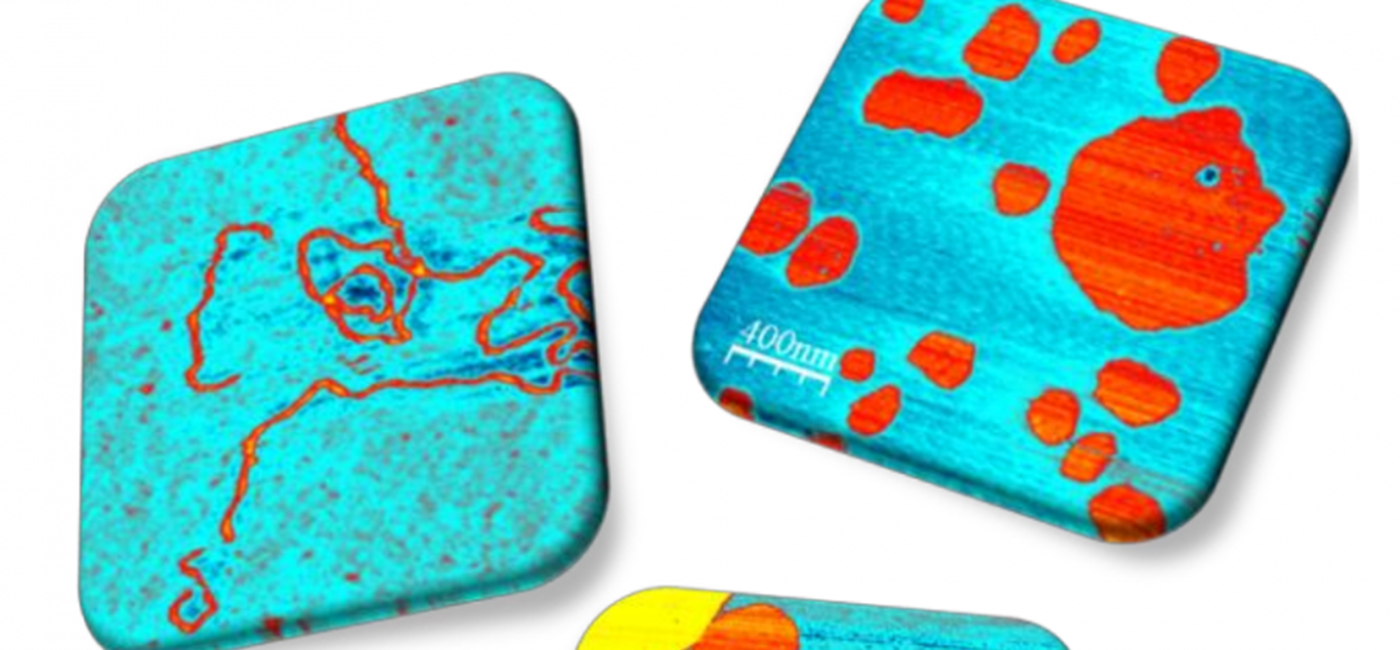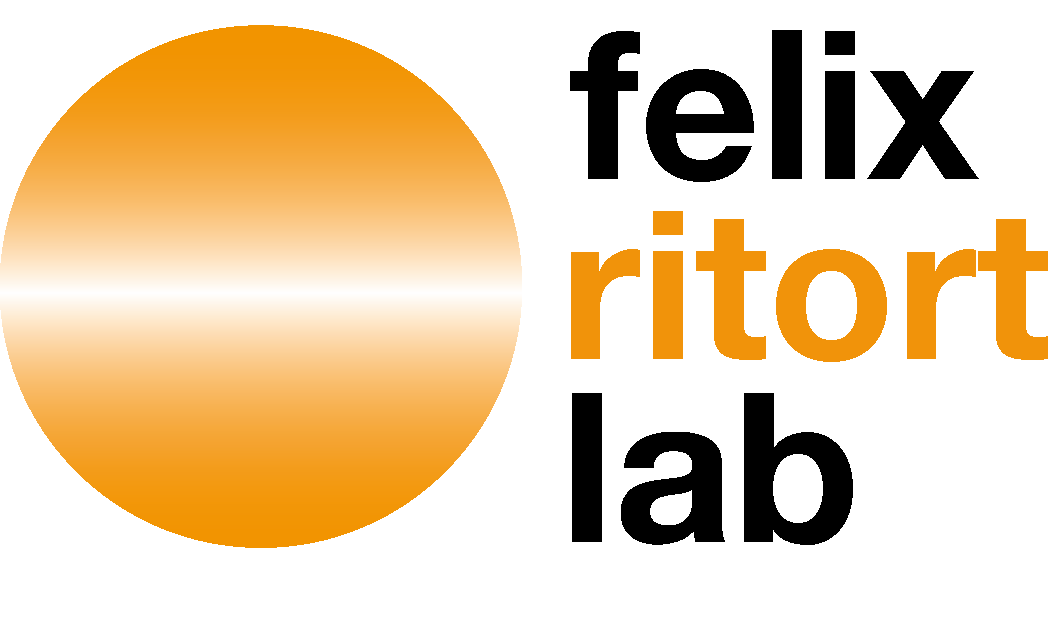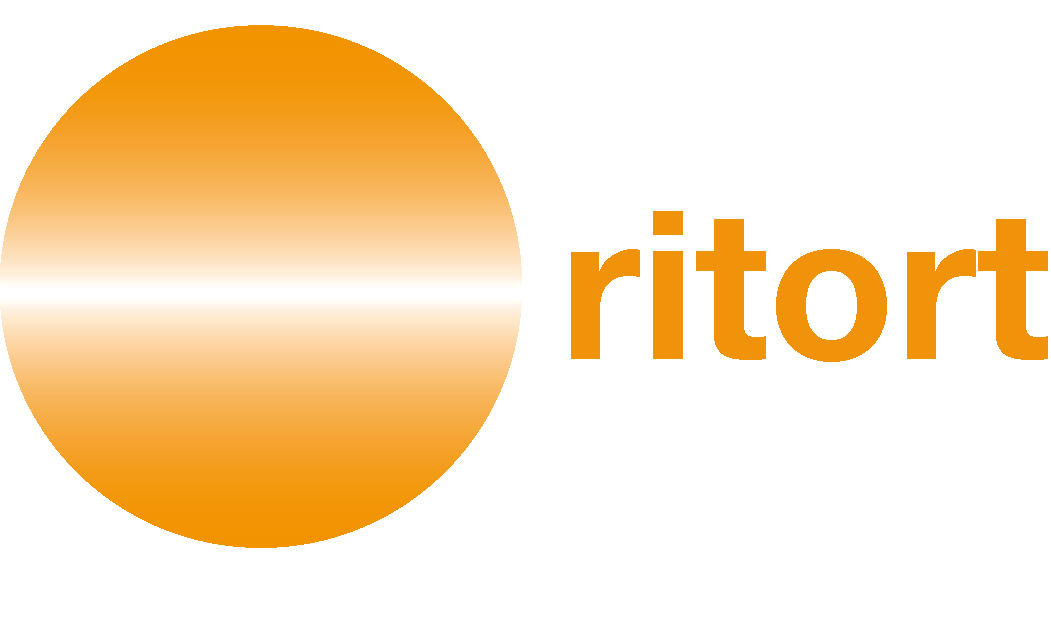
Seminar “Electrostatic imaging in biomembranes using low oscillation dynamic atomic force microscopy”
Date
Monday, 5 September 2016
Time
12:00 am
Place
University of Barcelona
Faculty of Physics Building
Room V11G, 1st floor
Speaker
Dr Lisa Almonte, University of Murcia (Spain)
Abstract
Atomic Force Microscopy (AFM) is a powerful tool in the field of biology and biophysics, due to their ability to acquire the image and measure the forces of in-vivo biological sample in the physiological environment with a resolution of nanometer scale and to manipulate biological phenomena at the cellular and subcellular level.
AFM image acquisition can be used to investigate cell function and to study the mechanical properties of cellular components. Cell membranes in liquid medium have a surface charge with respect the tip may be repulsive or attractive according to the ionization of molecules in the medium with a specified pH, summarizing that cell membranes are heterogeneous samples.
Although systems have high resolution AFM image acquisition, an existing problem of minimizing contact between AFM tip and heterogeneous samples, to prevent modification or destruction, is important to measure the non-contact system, so one of the big challenges is to minimize the interaction forces and in particular the mechanical contact between the tip and the sample and be able to reduce the time of the imagen acquisition, since biological processes happen in a few seconds.
We focused on studies of heterogeneous samples in an electrolyte solution using the AM-DAFM, because the dissipation (=reduction of oscillation amplitude) does not depend on surface chemistry, while at the same time giving correct information about chemical composition of the sample.
Finally, we have shown that imaging in liquids is possible in a non-contact regime where essentially no forces are applied, rendering DAFM a truly non-invasive technique and acquired chemical information simultaneously. In this thermal noise limited regime the interaction with the sample is of the order of the energy fluctuations kT≈0.025meV induced by thermodynamics. Samples stable at room temperature should therefore not be damaged by the tip-sample interaction induced during AFM imaging in the non-contact regime proposed here.
The methodology for dynamic AFM operation described here will greatly improve AFM experiments, rendering AFM operation in liquids much more quantitative, more stable, less invasive and more easily interpretable.


